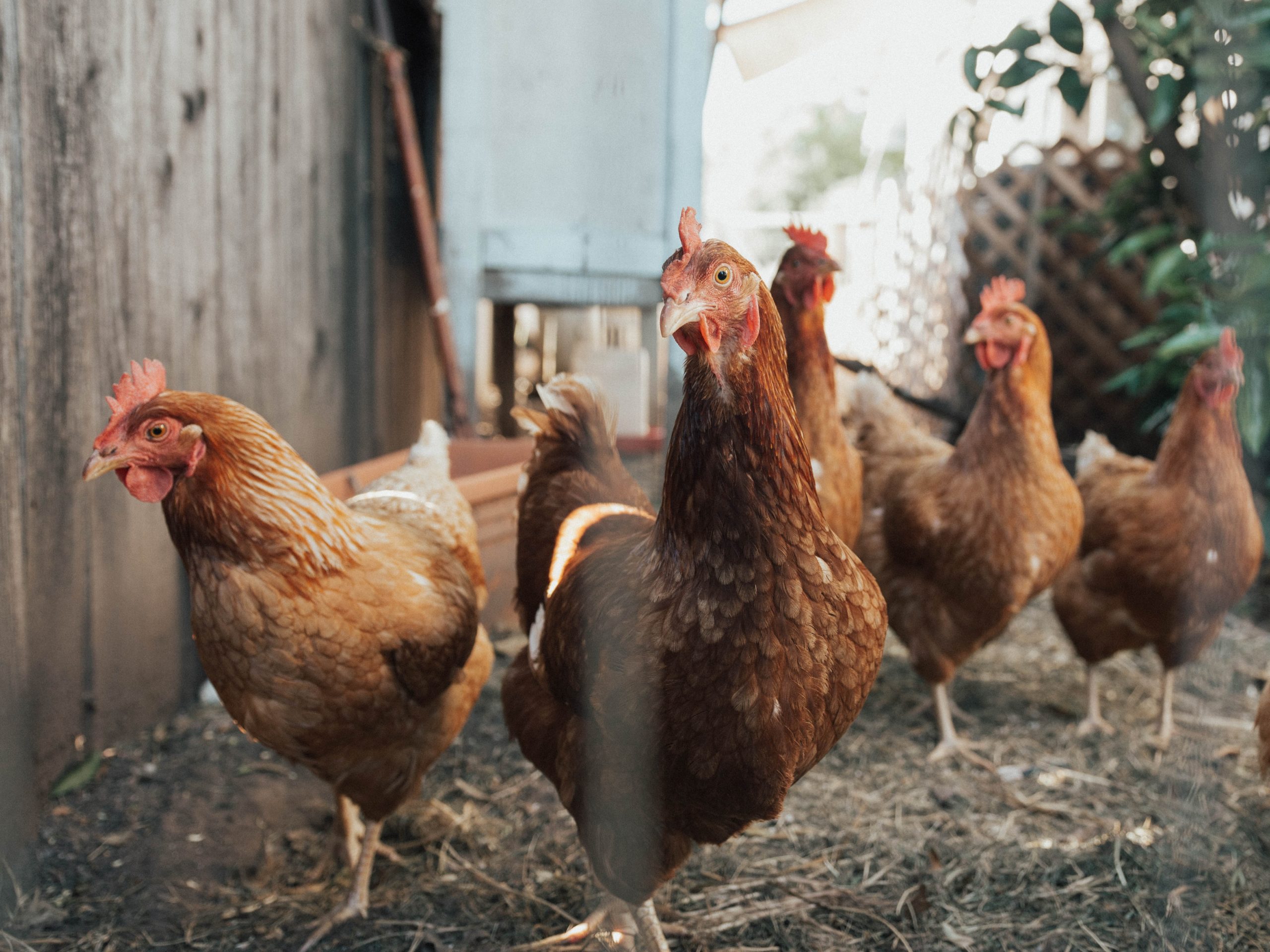Non-commercial chickens may be the third most numerous pets in Western countries. Yet, to date, there is limited research into their welfare or the care-taking practices and attitudes of their guardians. Using a quantitative questionnaire, this study investigated non-commercial chicken owners’ care-taking practices, attitudes, and relationship types with their chickens. Additionally, the study investigated barriers to optimizing non-commercial chicken welfare. Specific questions were asked regarding niche care-taking practices, including the use of Suprelorin® implants. With 2000+ responses, this study found variable care-taking practices, yet largely positive attitudes towards chickens, and a “personal” (though not “close personal”) owner–chicken relationship, as defined by the Owner–Bird Relationship Scale. The Chicken Attitude Scale, Owner–Bird Relationship Scale, and Care Series scores were found to be correlated with each other, with coefficients ranging from 0.176 to 0.543 (p < 0.001). “Preventing commercial chickens from going to slaughter” was a key motive for chicken care by 56.1% of respondents, with 69.6% of respondents stating they cared for ex-commercial chickens. This study found a higher prevalence of reported poor health conditions and number of deaths relative to prior studies, and egg yolk peritonitis emerged as a leading health condition and cause of death. Moreover, 68.0% had not heard of Suprelorin® implants, and only 6.3% used implants. Most (76.4%) chicken carers followed an omnivorous diet that includes chicken meat/eggs. The results reinforced previous findings concerning a need for more avian-specialist, locally available, and affordable veterinary care for chickens. Research into Suprelorin® implants, rooster-specific care, and tailored requirements of caring for ex-commercial chickens is recommended.

